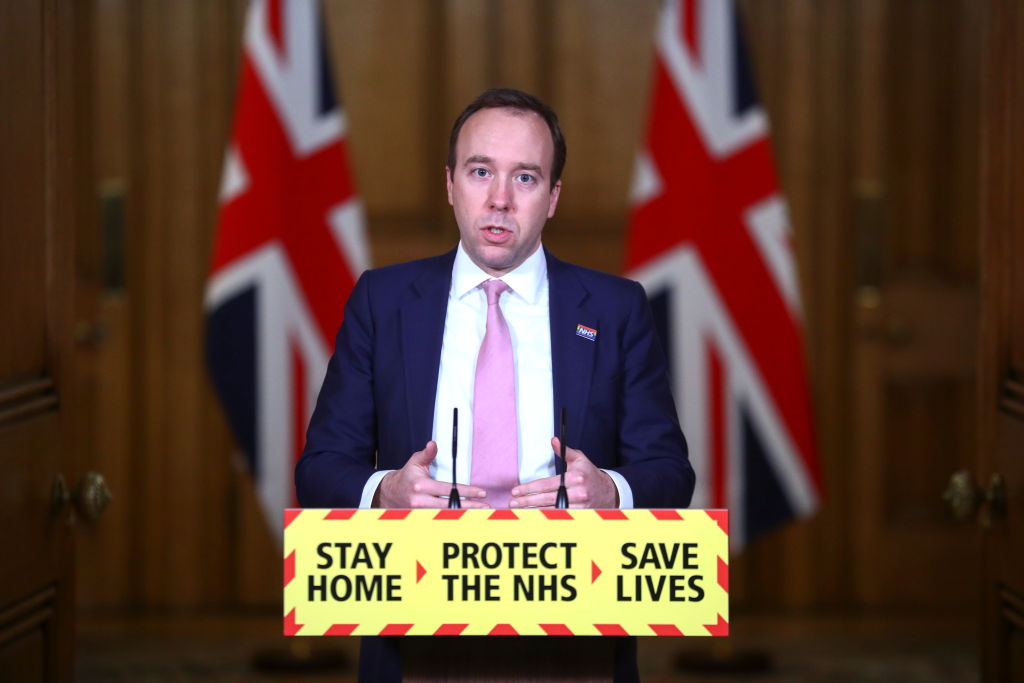As ministers voice their hope that the country can start to lift restrictions from early March, questions are being asked as to when restrictions can go altogether and normal life resume. Members of the Tory Covid Recovery Group have argued that most restrictions should go as soon as the vulnerable are protected. While officials remain tight-lipped on the issue, Matt Hancock did offer an insight in today’s press conference as to the key factors the government will consider when making that decision. Announcing that over four million people have now been vaccinated in the UK, the Health Secretary urged the public not to blow it as the route out was clear. In the Q&A, he pointed to the factors that will decide when restrictions can go.
The first clue came when Josh from Newcastle asked how much it would matter if there were a high surge of cases among young people once the vulnerable were vaccinated. This gets to the crux of the matter: once the most vulnerable are protected (the 20pc of the population who account for 90pc of Covid deaths) will the government be okay with the virus passing at a fast rate among younger age groups for whom the disease is a lot less serious?
If the answer is no then social distancing policies are likely to remain until every adult has been vaccinated, which the government aims to do by September. The first four groups (14m people) are due to be vaccinated by the middle of next month. The priority list is below:-
The Health Secretary said that while this is a very important question, as of yet there is no clear answer. Instead, Hancock described it as a ‘very careful’ calibration, which rests on to what extent the vaccine protects the most vulnerable groups from serious disease, as well as the fact that younger people can sometimes need hospital treatment from Covid, even if they are very unlikely to die from the illness.
Later in the press conference, Hancock was asked about the vaccine priority order once the first nine groups (which is made up of all over-50s and most vulnerable) have got the jab. At this point, Hancock said, the conversation will move to ‘protecting people’ as much as possible. With 99 per cent of deaths occurring in the top nine groups (ie, the over-50s), Hancock said the focus is protecting against transmission and making sure life can get back to normal as much as possible.
Another suggestion was made to the Health Secretary that, if the vaccine is shown to reduce the chance of transmission in those who have got the jab, it could then be given to those most likely to transmit it, rather than those most likely to fall ill. While Hancock would not offer specifics, the implication of his answers suggests that he views vaccination of the over-50s as the most important milestone to reach in order to substantially lift restrictions. How far they can be eased will then rest on vaccine effectiveness and the spread of the illness.







Comments